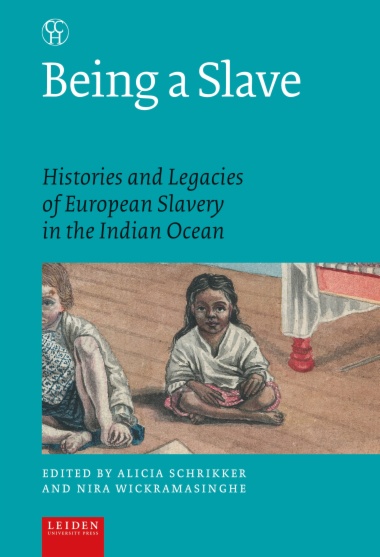

Computers are increasingly the enabling devices of the information revolution, and computing is becoming ubiquitous in every corner of society, from manufacturing to telecommunications to pharmaceuticals to entertainment. Even more importantly, the face of computing is changing rapidly, as even traditional rivals such as IBM and Apple Computer begin to cooperate and new modes of computing are developed.
Computing the Future presents a timely assessment of academic computer science and engineering (CS&E), examining what should be done to ensure continuing progress in making discoveries that will carry computing into the twenty-first century. Most importantly, it advocates a broader research and educational agenda that builds on the field's impressive accomplishments.
The volume outlines a framework of priorities for CS&E, along with detailed recommendations for education, funding, and leadership. A core research agenda is outlined for these areas: processors and multiple-processor systems, data communications and networking, software engineering, information storage and retrieval, reliability, and user interfaces.
This highly readable volume examines:
The volume provides a detailed look at undergraduate CS&E education, highlighting the limitations of four-year programs, and discusses the emerging importance of a master's degree in CS&E and the prospects for broadening the scope of the Ph.D. It also includes a brief look at continuing education.